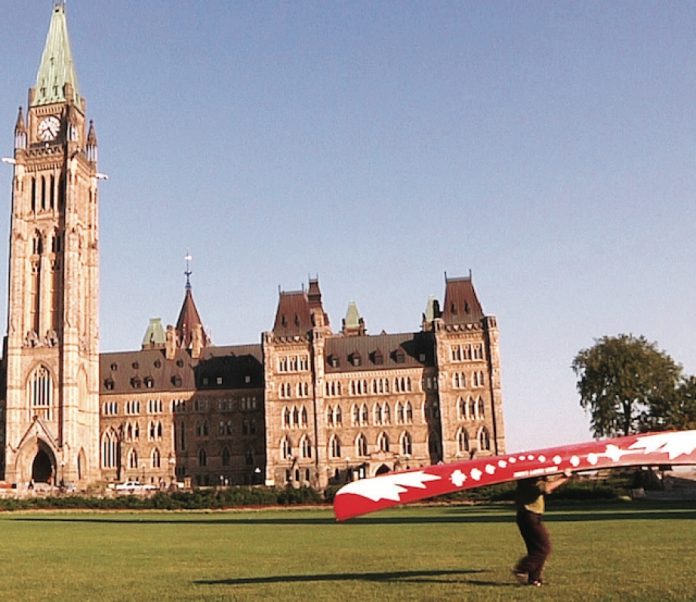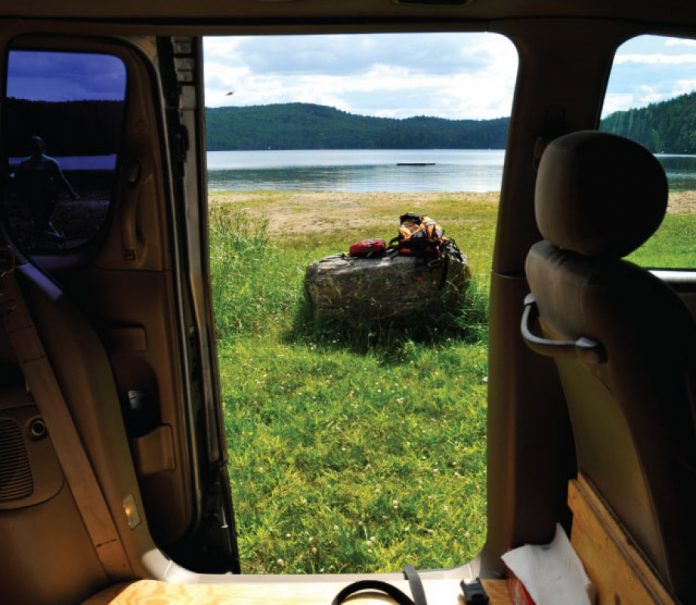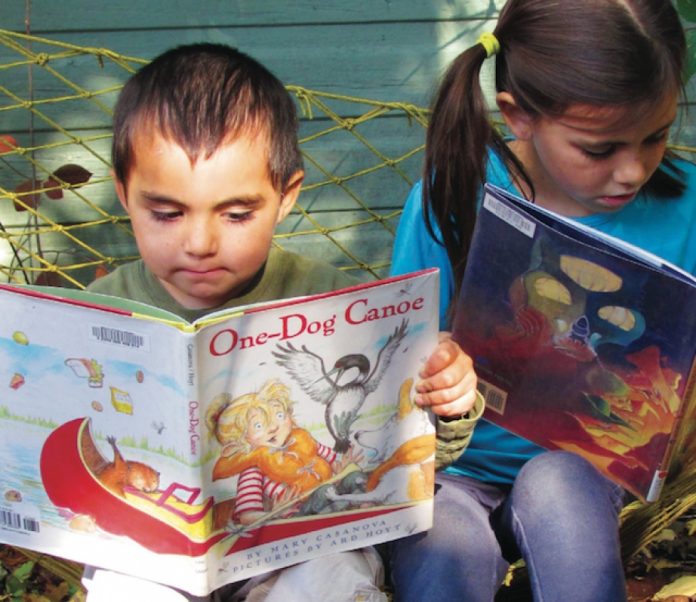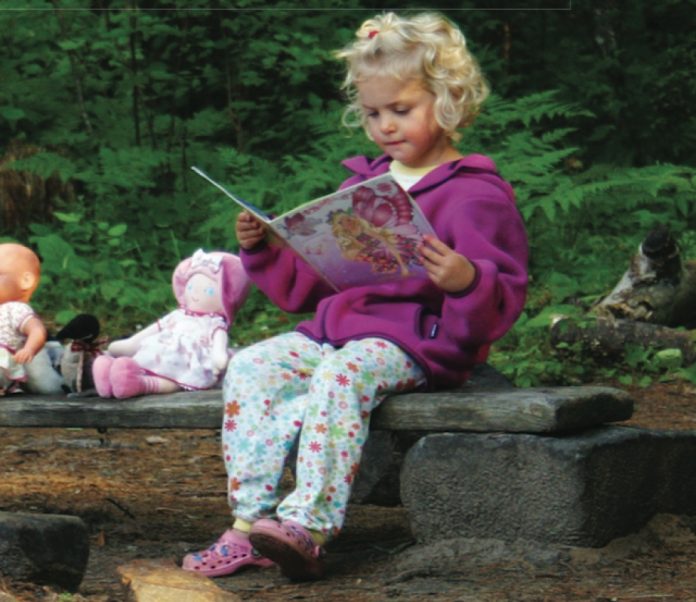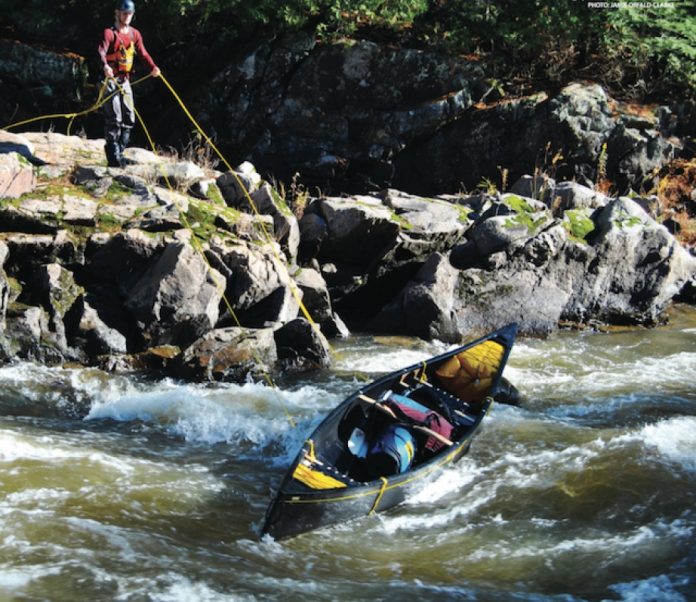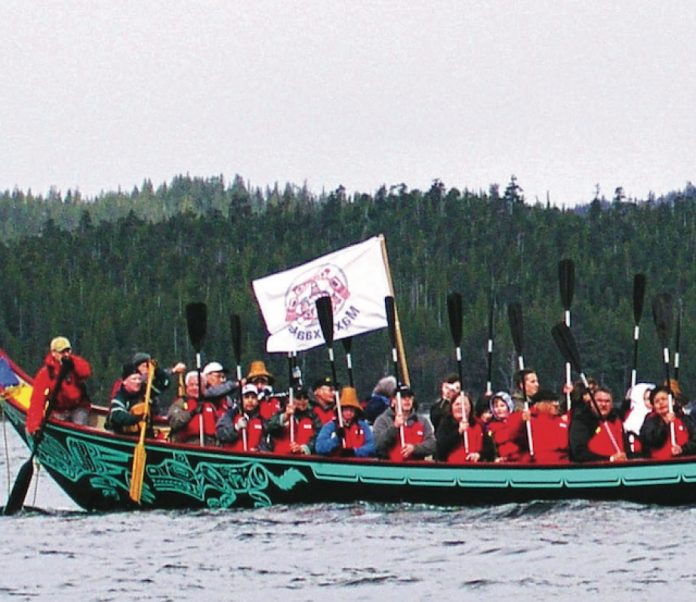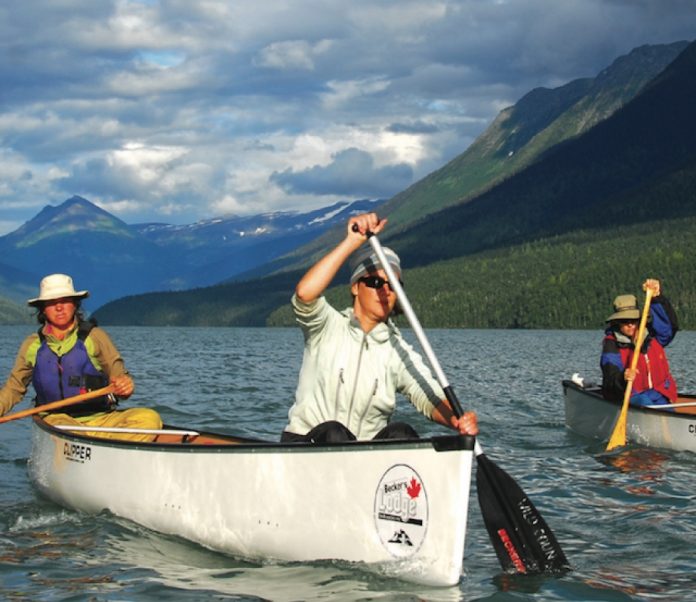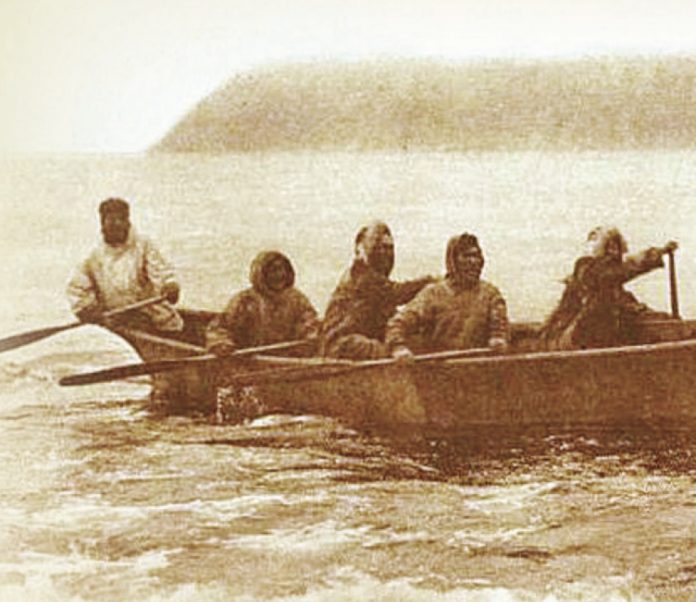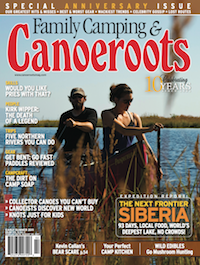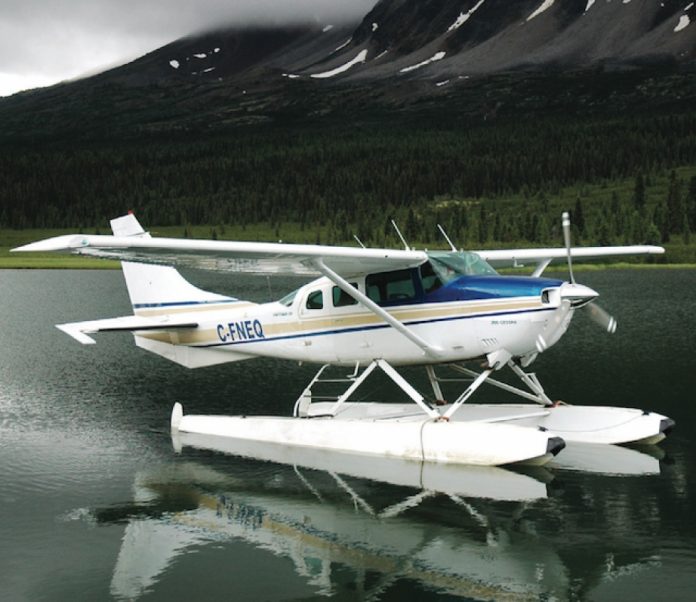“Get that canoe off the pavement,” the Royal Canadian Mounted Police officer bellowed from the window of his patrol car.
Panic set in. The camera crew about to film my triumphant portage across the grassy lawn of Ottawa’s Parliament Hill froze mid-step. We had no filming permit. We didn’t even ask permission prior to the shooting.
It was just a silly, spontaneous stunt—my Canadian flag-emblazoned canoe beneath the copper-spired towers of democracy and sovereignty; patriotism afoot—while we waited for better lighting to film an Ontario Tourism segment at the Rideau Canal.
The adrenaline that jolted through our bodies—urging us to fight or, more likely, flee to the inviolable freedom of the swift-flowing Ottawa River below—dissipated when we heard the officer chuckle. He suggested we put the canoe on the grass so it wouldn’t get scratched.
“So, is it okay if we film this scene?” the producer asked.
“Can’t see why not—it’s your grass,” came the good-natured reply.
The camera began to roll. A second and third officer appeared to wish us well with our project. A small crowd of tourists gathered, camera shutters clicking in the bright sunshine. Kids playing Frisbee on the grass and a gaggle of middle-aged women gathering for an early morning yoga class moved aside to give us more space.
Then a fourth officer—a supervisor— rolled up in a shiny cruiser. He demanded we remove ourselves from the area immediately. We apologized for filming without a permit, grovelling for forgiveness from this pillar of the law. The officer clarified, “You can stay and film all you want, but you can’t portage across Parliament Hill.”
Panic and pleading derailed into dumb founded silence. A shocked bystander yelled, “Democracy is dead!”
The film crew and I retreated behind the wrought iron gates of Parliament with the canoe slung low, open, non-threatening between us, its red and white hull turned to the ground. The Frisbee game resumed over the Centennial Flame and lululemon-clad figures resumed downward dog on the front steps of the Peace Tower.
We managed to film the segment before getting kicked out, but in capturing a light-hearted homage to cultural identity and national pride, we got more than just our shot that morning. We got an unpleasant reminder of how the Canadian government has disconnected itself from its people, its idea of fundamental freedom and, most of all, its nation’s iconic symbol—the canoe.
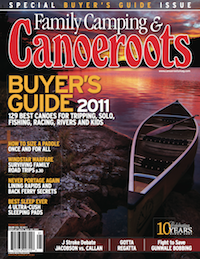 This article first appeared in the Spring 2011 issue of Canoeroots Magazine.
This article first appeared in the Spring 2011 issue of Canoeroots Magazine.



